
Artificial Intelligence
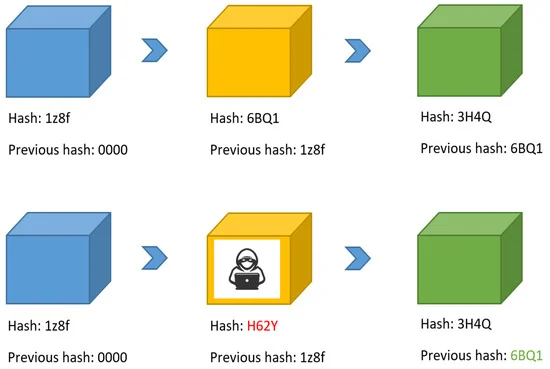
Smart Automotive Diagnostic and Performance Analysis Using Blockchain Technology
The automotive industry currently is seeking to increase remote connectivity to a vehicle, which creates a high demand to implement a secure way of connecting vehicles, as well as verifying and storing their data in a trusted way. Furthermore, much information must be leaked in order to correctly diagnose the vehicle and determine when or how to remotely update it. In this context, we propose a Blockchain-based, fully automated remote vehicle diagnosis system. The proposed system provides a secure and trusted way of storing and verifying vehicle data and analyzing their performance in
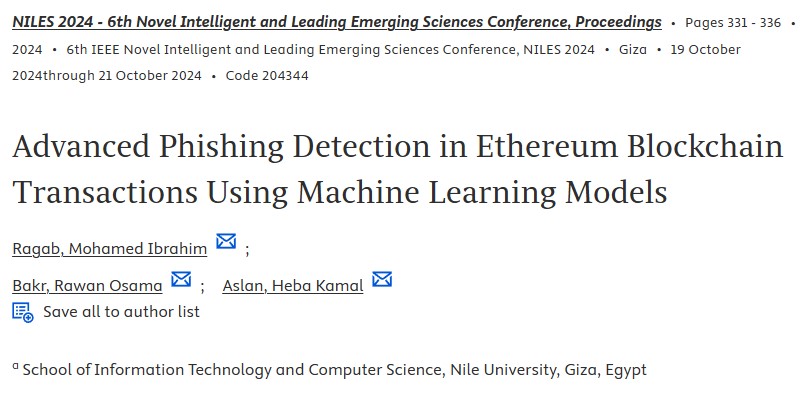
Advanced Phishing Detection in Ethereum Blockchain Transactions Using Machine Learning Models
Deceptive phishing attacks greatly endanger blockchain security, tricking miners into adding harmful blocks to the chain. Current methods of detection and agreement protocols are frequently not enough, especially if authorized miners accidentally include these blocks. Despite the potential for improving detection capabilities, the adoption of zero-trust policies is still restricted. This paper explores different machine learning techniques, like k-Nearest Neighbors (k-NN), Decision Trees (DT), Random Forest (RF), and XGBoost, to predict phishing attacks. It also evaluates feature selection
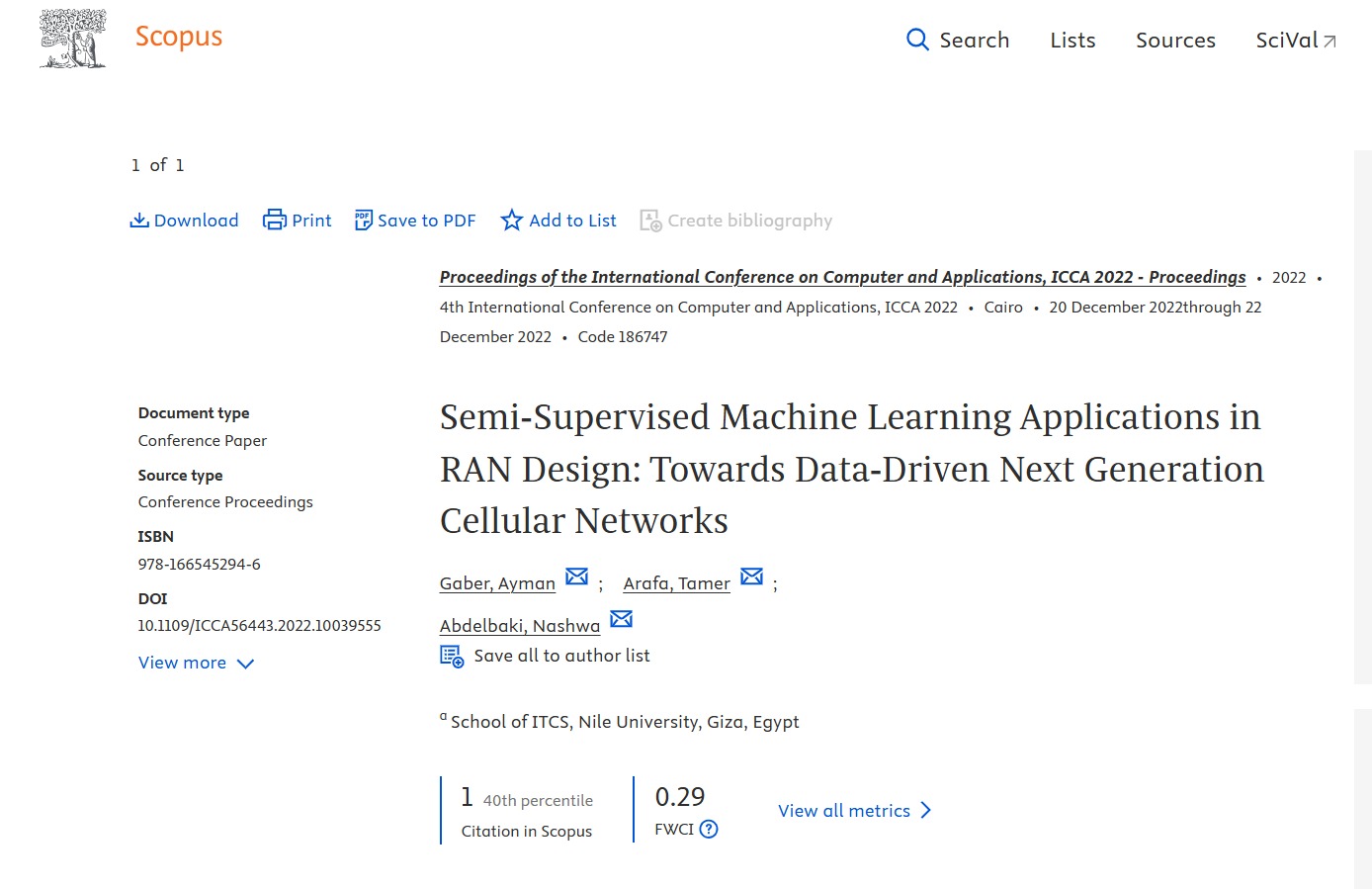
Semi-Supervised Machine Learning Applications in RAN Design: Towards Data-Driven Next Generation Cellular Networks
The explosive growth of mobile internet services and demand for data connectivity boosts the innovation and development in Radio Access Network (RAN) to define how next generation mobile networks will look like. Continuous improvement in existing RAN is crucial to meet very strict speed and latency requirements by different mobile applications with minimum investments. Exploiting the advancement in Machine Learning and AI-driven algorithms is essential to tackle these challenges in different functions within the RAN domain. In this paper we surveyed how to leverage different clustering
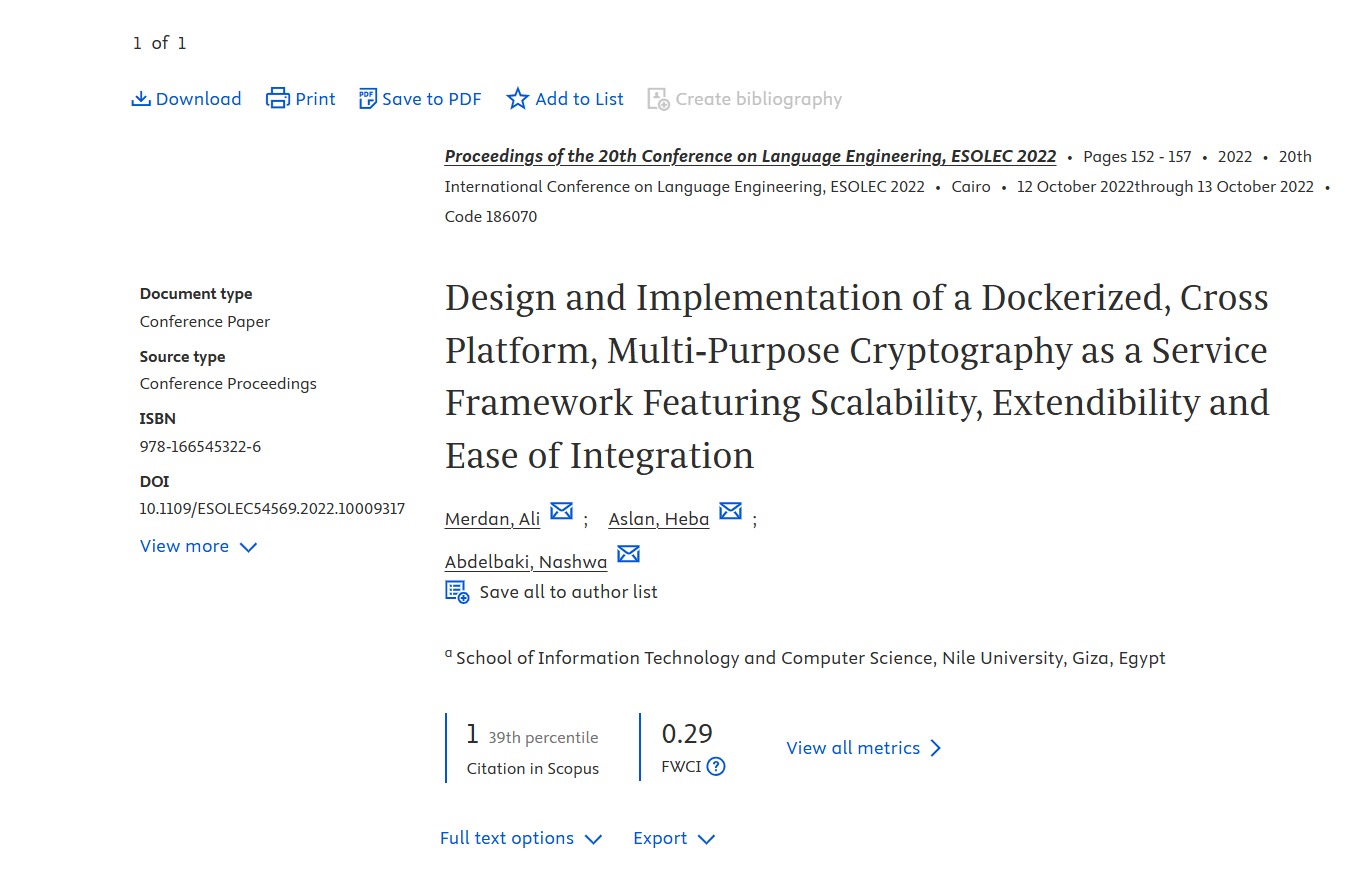
Design and Implementation of a Dockerized, Cross Platform, Multi-Purpose Cryptography as a Service Framework Featuring Scalability, Extendibility and Ease of Integration
Following cybersecurity st and ards nowadays is becoming one of the highest priorities to the digital specialists. Due to the global direction to apply digital transformation, data security is a concern. It becomes crucial to ensure data confidentiality, integrity, and availability whether while transmitting, at rest or even while processing it. The difficulty being faced by organizations, is the challenge of applying the needed security measures. Also, implementing, and maintaining the cryptographic algorithms that ensure the wellness of the data encryption. Having a crypto library or a
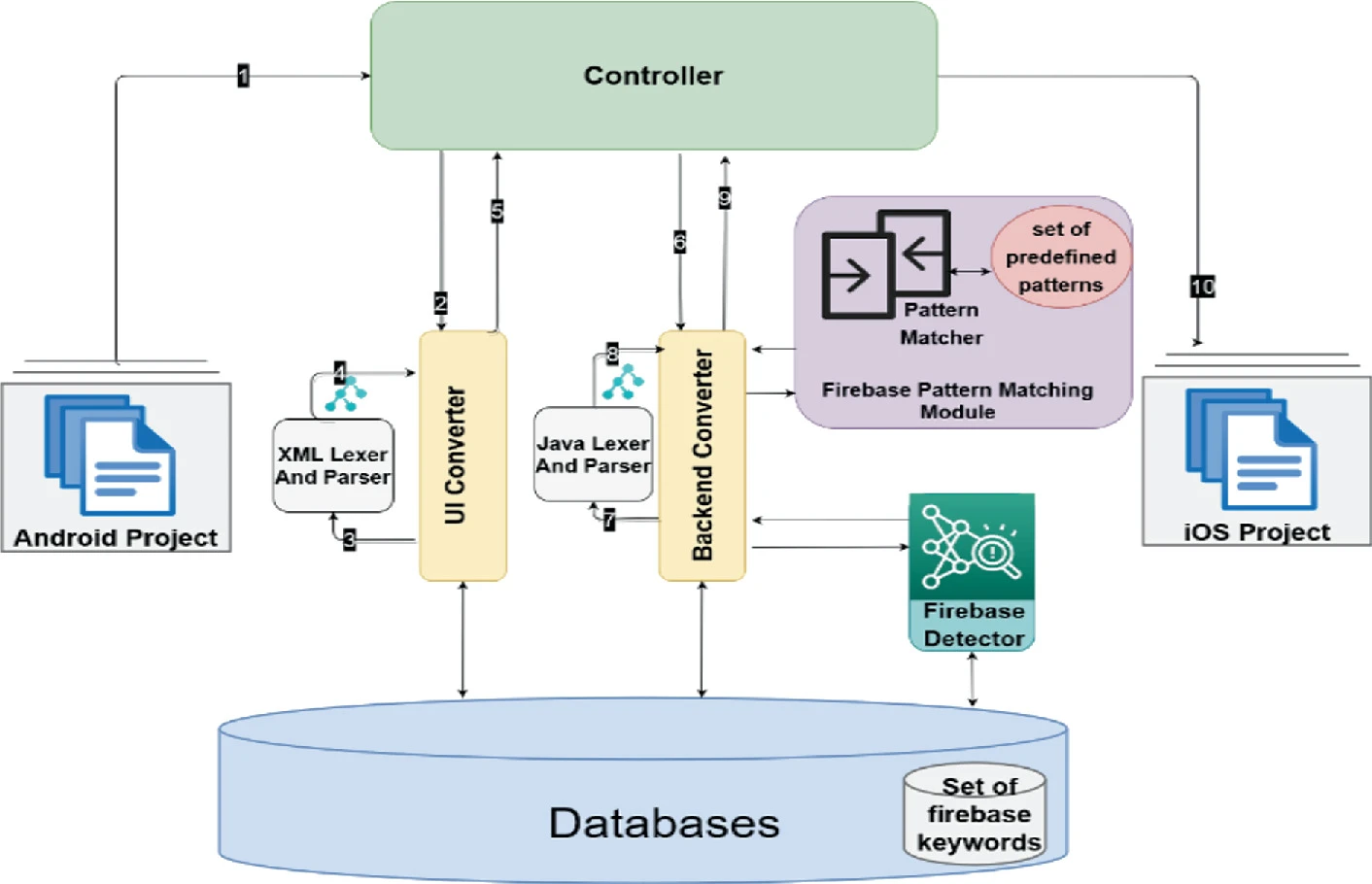
Trans-Compiler-Based Database Code Conversion Model for Native Platforms and Languages
Cross-platform mobile application development frameworks are now widely used among software companies and developers. Despite their time and cost-effectiveness, they still lack the performance and experience of natively developed applications. Many research tools have been proposed to solve this problem by converting a natively developed application from one platform to another. The Trans-Compiler Based Android to iOS Converter (TCAIOSC) was proposed to convert the front-end and back-end code of Android Java applications to iOS applications. Since databases are essential for mobile

Gold Price Prediction using Sentiment Analysis
Gold is one of the valuable materials that is used for funding trading purchases. Nowadays, more investors are interested in gold investments due to the sudden increase in gold prices. However, transactions involving gold are risky, the price of gold fluctuates wildly due to the unpredictability of the gold market. Hence, there is a need for the development of gold price prediction scheme to assist and support investors, marketers, and financial institutions in making effective economic and monetary decisions. This paper analyzes the correlation between gold price movements and sentiments of
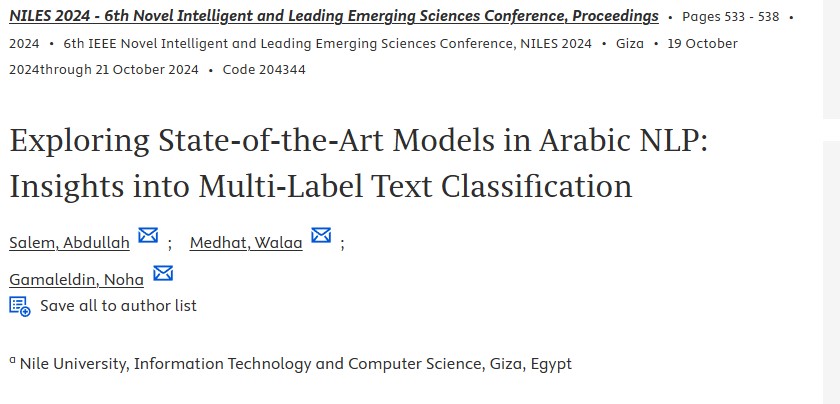
Exploring State-of-the-Art Models in Arabic NLP: Insights into Multi-Label Text Classification
This study addresses the challenge of multi-label text classification in the Arabic language, focusing on movie genre categorization using plot summaries. Even though over 400 million people speak Arabic, its natural language processing (NLP) advances are not keeping up with those of other languages because of data shortages and quality difficulties. Three key contributions are made by this research to narrow this gap: a thorough analysis of prior research on Arabic multi-label text classification; the introduction of a newly curated dataset containing 22 genre labels for Egyptian movies; and
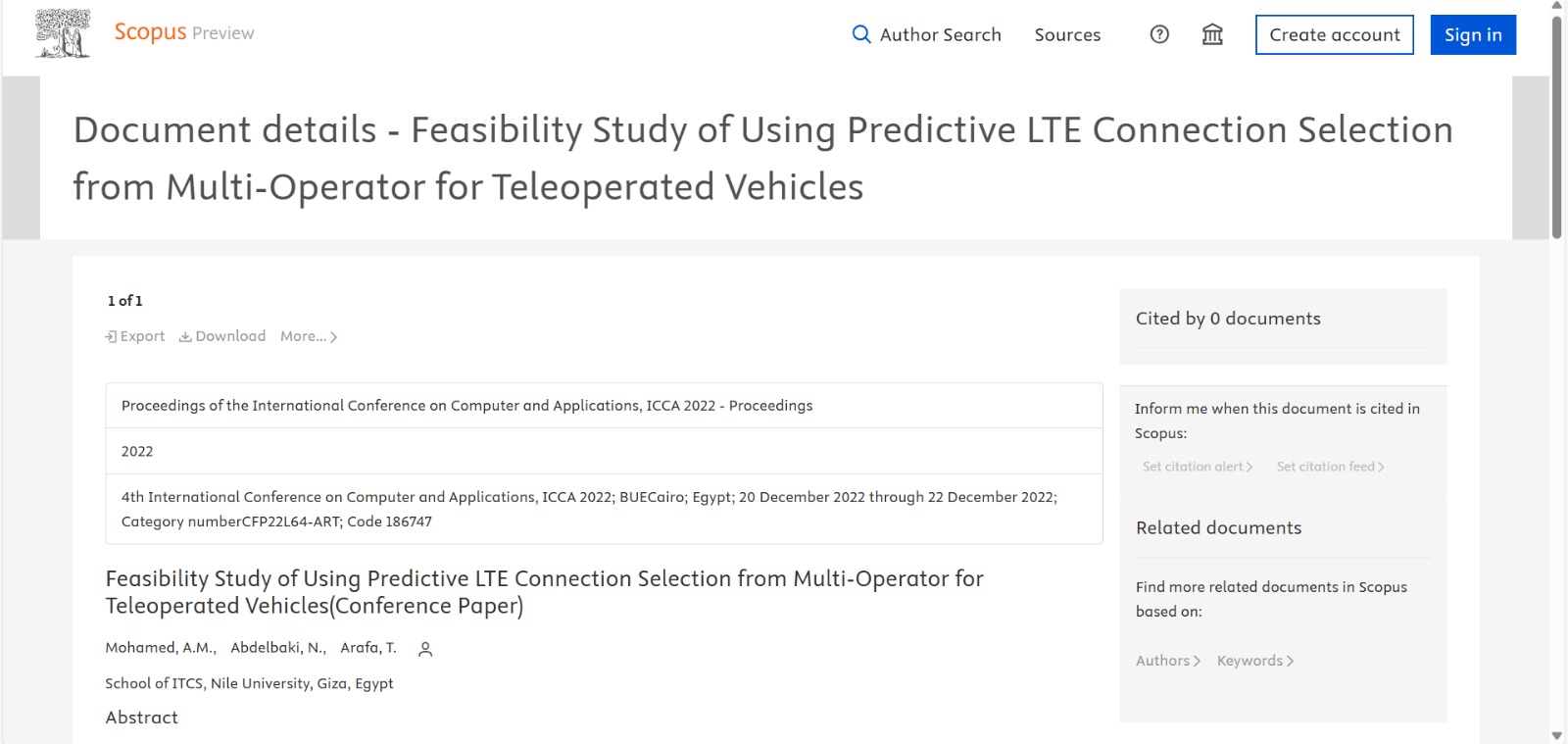
Feasibility Study of Using Predictive LTE Connection Selection from Multi-Operator for Teleoperated Vehicles
Service depending on good connection is growing and so its sensitivity, like Advanced Driver-Assistance System (ADAS). ADAS is the most common technological feature in the modern car, and the hope to reach a dependable anonymous car is the ultimate target. We (From end user and manufacture perspectives) are evaluating Teleoperated Driving as the most promising achievable feature to support emerging needs for traffic headache avoidance and health & safety cautions, with human to human sense & interaction proven to be better than Human to Machine in handling (Human driving vs. Machine driving)
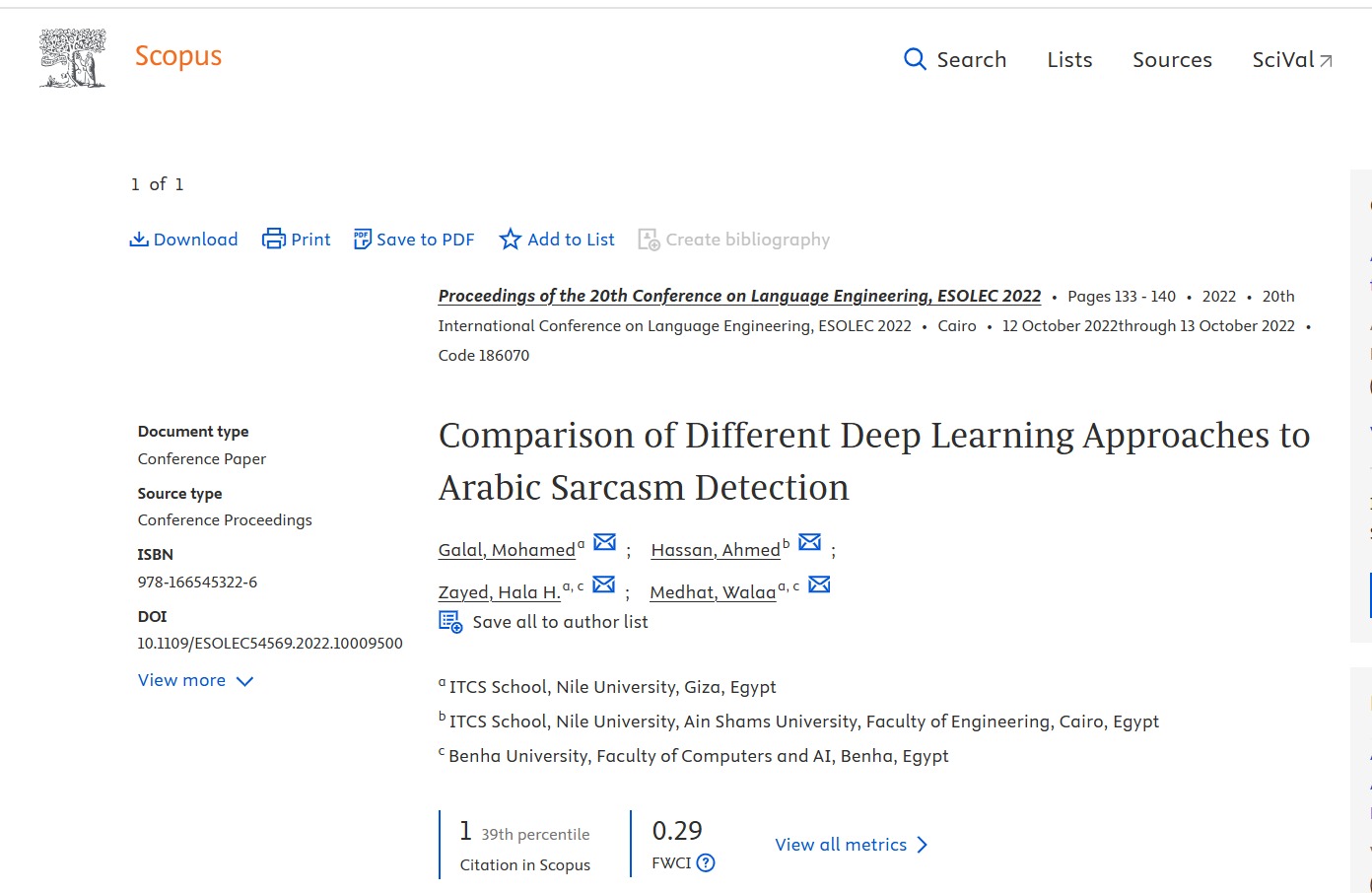
Comparison of Different Deep Learning Approaches to Arabic Sarcasm Detection
Irony and Sarcasm Detection (ISD) is a crucial task for many NLP applications, especially sentiment and opinion mining. It is also considered a challenging task even for humans. Several studies have focused on employing Deep Learning (DL) approaches, including building Deep Neural Networks (DNN) to detect irony and sarcasm content. However, most of them concentrated on detecting sarcasm in English rather than Arabic content. Especially studies concerning deep neural networks, including convolutional neural networks (CNN) and recurrent neural network (RNN) architectures. This paper investigates
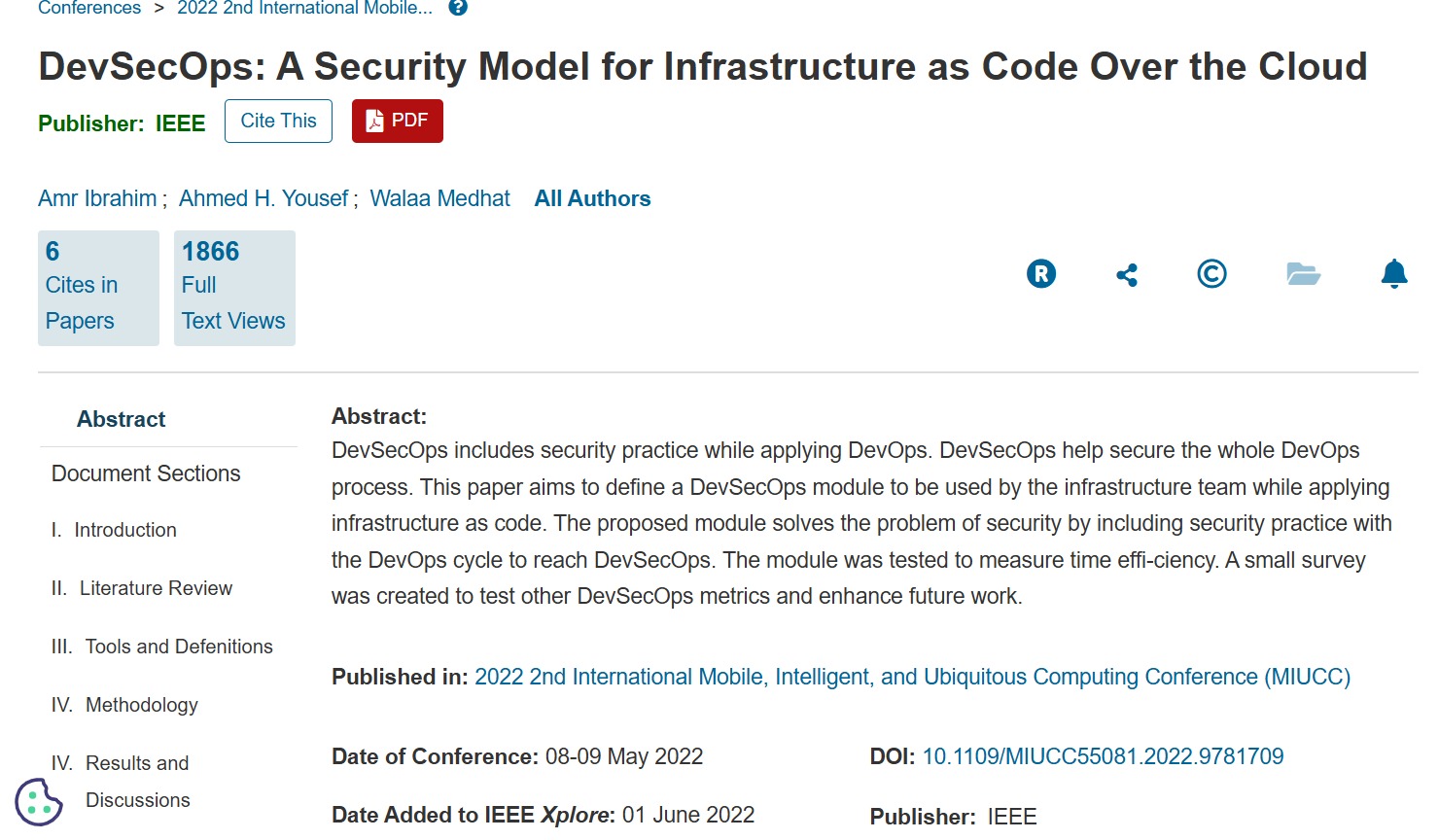
DevSecOps: A Security Model for Infrastructure as Code over the Cloud
DevSecOps includes security practice while applying DevOps. DevSecOps help secure the whole DevOps process. This paper aims to define a DevSecOps module to be used by the infrastructure team while applying infrastructure as code. The proposed module solves the problem of security by including security practice with the DevOps cycle to reach DevSecOps. The module was tested to measure time effi-ciency. A small survey was created to test other DevSecOps metrics and enhance future work. © 2022 IEEE.